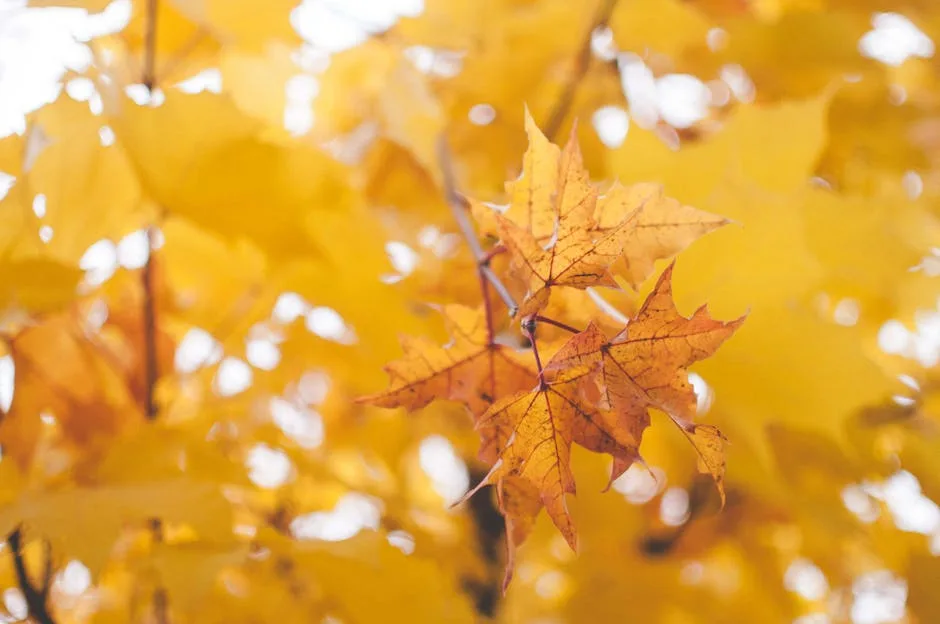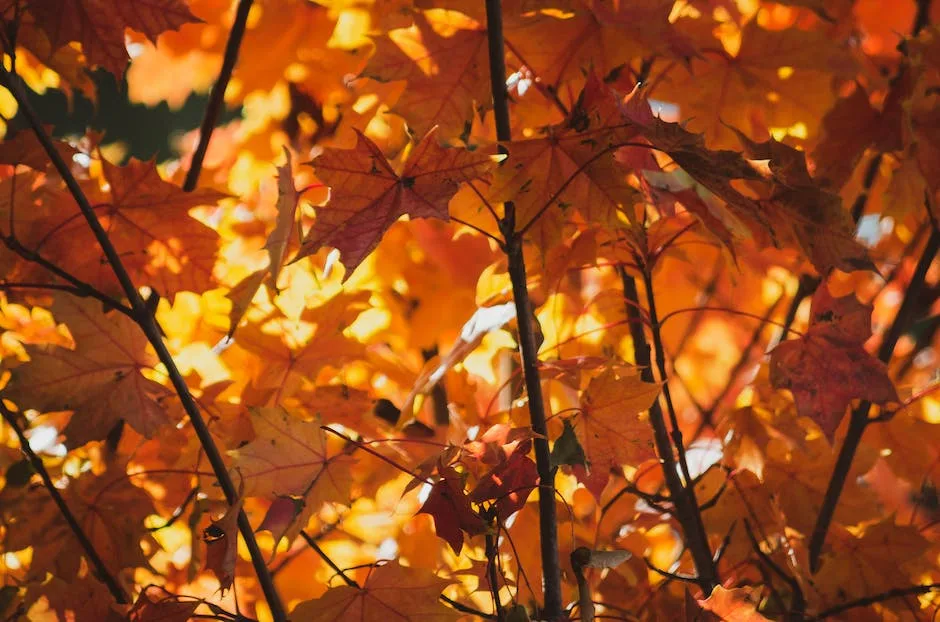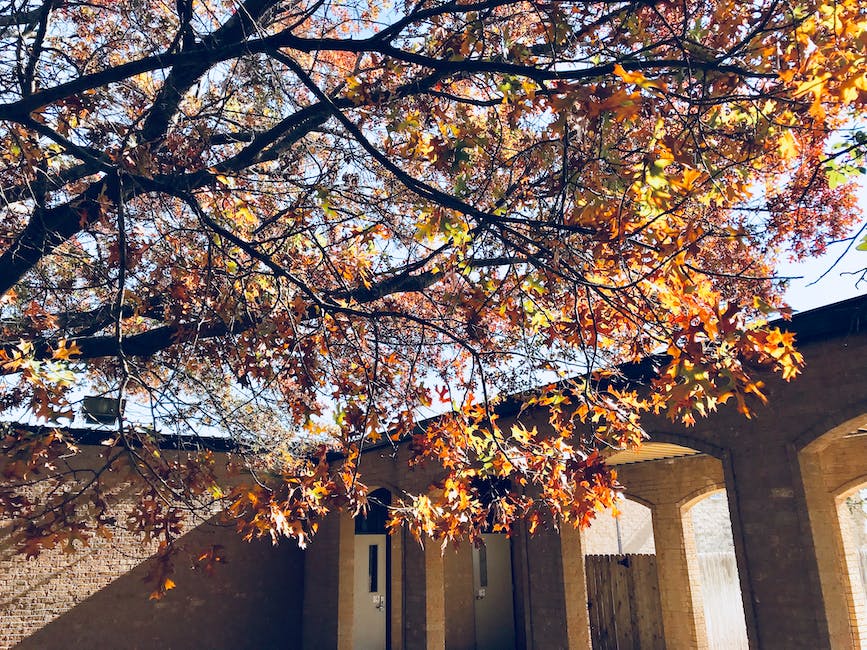In North America, the leaves of the sugar maple (Acer saccharum) are traditionally used to make syrup. In fact, each leaf contains a small amount of sugar. The sugar maple is not the only maple with edible leaves, however. Other maple species with edible leaves include the paperbark maple (Acer griseum), the striped maple (Acer pensylvanicum), and the mountain maple (Acer spicatum). The leaves of these maples are also high in sugar content.
No, maple tree leaves are not edible.
Are maple leaves toxic to humans?
Only the red maple (Acer rubrum) and possibly closely related hybrids are known to be toxic. The toxin in red maples oxidizes hemoglobin with the formation of Heinz bodies, methemoglobinemia and subsequent hemolytic anemia. Symptoms include lethargy, anorexia, cyanosis, and possibly death. If you suspect your animal has ingested a red maple, please contact your veterinarian or emergency animal hospital immediately.
Many maple varieties have been found to contain a large number of phytochemicals and several beneficial properties such as antioxidant, anti-tumor, and anti-inflammatory activities. These properties make maple an ideal ingredient in many health and beauty products.
Can you make tea with maple leaves
This tea is made from Japanese maple leaves and is served with edible dried Japanese maple leaves. It has a natural red color and pleasant taste. The beautiful shape of the Japanese maple leaf in the cup evokes the image of the momiji harvest on your table.
Maple sap has been shown to have prebiotic properties that can help combat chronic inflammation, liver disease, and metabolic syndrome. This is because maple sap supports the growth of healthy bacteria and restores gut flora balance. This is a great natural remedy for those who suffer from these conditions.
What do maple leaves taste like?
The young leaves of the maple tree are edible and have a slight maple flavour to them. Once the leaves mature, they lose their flavour and become harder to digest.
Gallic acid is a toxic ingredient found in red maple leaves. It causes methemoglobinemia, which is a condition where the blood cells are unable to carry oxygen. Gallic acid is also found in water and methanol extracts of sugar maple, silver maple, and red maple.
How do you cook maple leaves?
To make beer batter:
1 cup (250 ml) without fail
1/2 teaspoon (2.5 ml) baking soda
1 tablespoon (15 ml) cornstarch
Coarse salt
1/2 teaspoon (2.5 ml) fresh ground pepper
1 egg yolk
3/4 cup (180 ml) beer
To make the batter: Combine 1 cup flour, baking soda, cornstarch, salt, and pepper in a large bowl. In another bowl, whisk together the egg yolk and beer. Gradually add the wet ingredients to the dry ingredients, whisking until the mixture is smooth.
Dip the leaves in the batter and carefully place them in the hot oil. Fry for a few minutes, until the batter is golden and crisp. Drain on paper towels and serve hot. Enjoy!
Maple leaves can be sold at Nook’s Cranny for 200 Bells each. They can be found around town and on trees.
Is maple sap toxic
The pH of tree sap may be over 50, which means canning it at home may create a risk of botulism poisoning. Tree sap is typically sourced from sugar maple trees, but it can also come from other tree species. You should take care to avoid canning tree sap unless you are sure of the source and the pH level.
Real maple syrup is an excellent source of essential minerals, including calcium, iron, magnesium, potassium, zinc, copper, and manganese. These minerals play an important role in maintaining healthy cells, red blood cells, and a strong immune system.
Are dried maple leaves edible?
George Osowski from the Atlantic Wildlife Institute was on CBC Radio discussing the edible qualities of maple trees. He said that we usually associate maple trees with sweet maple syrup but we can also eat the leaves, bark, and seeds. Maple leaves are a good source of vitamin C and can be used in salads or soups. The bark can be boiled and made into a tea, and the seeds can be roasted and eaten as a snack.
This tea is fantastic! The maple sweetness is perfect and the caramel notes add an extra layer of deliciousness. The high antioxidant level is an added bonus. I’m sold!
Can you drink maple water
Maple water is a healthy alternative to sugary beverages like fruit juices or sports drinks. With only two percent sugar and low calorie content, maple water is a great choice for those looking to improve their health.
If you’re a fan of pancakes, waffles, or French toast, you’re probably no stranger to maple syrup. And while you may enjoy the sweet, earthy taste of this breakfast staple, you may not know that maple syrup is actually quite healthy for you!
Recent studies have shown that maple syrup contains a molecule called quebecol, which has anti-inflammatory properties. This is significant because inflammation is a major factor in many chronic diseases, such as heart disease, arthritis, and cancer.
So, not only is maple syrup delicious, but it may also help to reduce your risk of developing some serious health conditions. Who knew that something so sweet could be so good for you?
Is maple water good to drink?
Maple water is a great way to stay hydrated and support a healthy immune system. The antioxidants, zinc, and prebiotics in maple water help boost the immune system, and the hydrating benefits of maple water help keep the body well-hydrated, which is essential for staying healthy.
Perennial shrubs and trees with edible leaves are a great addition to any garden. Not only do they provide food for you and your family, but they also offer shelter and shade. Here are seven of the best perennial shrubs and trees with edible leaves:
1. Moringa (the Moringa genus)
Moringa leaves are highly nutritious and can be eaten raw or cooked. They are a great source of vitamins A, C, and E, as well as calcium and iron.
2. Mulberry (the Morus family)
Mulberry leaves are used to make tea, which is said to be beneficial for the liver. They can also be eaten raw or cooked.
3. Katuk (Sauropus androgynus)
Katuk leaves are a popular vegetable in Indonesia. They are often cooked with coconut milk and spices to make a delicious curry.
4. Goji (Lycium barbarum)
Goji leaves are used in traditional Chinese medicine and are said to have many health benefits. They can be eaten raw or cooked.
5. Chaya (the Cnidoscolus family)
Chaya leaves are a
Is Japanese maple leaf edible
The Momiji is a beautiful type of maple leaf that is adored by many traditional Japanese poets and singers. These leaves are also edible, and some people even make tea out of them. The pretty shape and vibrant red color of the Momiji make it a popular choice for many people.
The maple tree is an important symbol of Canadian national identity. The tree is native to Canada and has been an important part of the country’s history and culture for centuries. The maple leaf is a symbol of Canada’s natural beauty and its diverse population. The tree is also a symbol of Canada’s peaceful and welcoming nature.
Are red maple leaves toxic
As the leaves of the red maple turn to autumn shades of red, gold, and orange, it’s important to remember that they can be toxic to horses. Fresh leaves are not toxic, but wilted or dried leaves and bark are extremely toxic. Eating just 15 pounds of the leaves can make a horse very sick, and ingesting 3 pounds can kill a horse. So, be sure to keep an eye on your horse if it’s grazing near a red maple, and remove any leaves that may have fallen into its pasture.
Maple syrup is a sweetener that is made from the sap of maple trees. The sap of the sugar maple tree has the highest concentration of sugar, making it the best type of maple tree to use for syrup. Other trees that can be tapped for syrup include black, red, and silver maple trees, as well as box elder trees.
Is tapping maple trees harmful
Tapping a tree does create a wound, but it doesn’t hurt the tree. Commercial syrup producers are able to tap trees for decades without affecting the health of the tree.
Maple Leaf Foods is committed to not using antibiotics to promote animal growth. We have eliminated the preventative use of the most medically important antibiotics in all of our operations. Maple Leaf Foods offers a number of pork and poultry products from Animals Raised Without Antibiotics (RWA).
Why are maple trees important to humans
Different species of maple trees offer a wide variety of forms, sizes, and foliage. Many maple trees display striking autumn colors, and some can even be used to produce maple syrup or valuable wood for furniture, baseball bats, and musical instruments. If you’re looking for a versatile tree to add to your property, a maple tree may be the perfect choice!
Sap can be a pain if it gets on your car or windows, but it’s not harmful to the tree, bugs, or humans if accidentally ingested.
Does maple sap taste good
Maple sap is a clear liquid that contains about 2% dissolved sugar. It has a very slight sweet taste and looks just like water. The true maple flavor comes out as part of the heating and boiling process.
The boiling of sap changes its consistency because when the sugary solution is heated, the water begins to evaporate. This makes the sugar more concentrated in the solution and the overall product thicker. As the maple syrup cools, the sugar molecules can form crystals.
Can you use maple syrup in coffee
Adding maple syrup to your coffee is a great way to enjoy the unique flavor and sweetness of this popular pancake topper. Not only does maple syrup add delicious flavor and sweetness to coffee, but it also comes with some health benefits. Maple syrup contains naturally occurring minerals and antioxidants, making it a good choice for those looking to improve their overall health. So next time you’re looking for a little something extra in your coffee, reach for the maple syrup!
MAPLE SYRUP
Maple syrup can be used to replace other sugars that a person with diabetes adds to food, while respecting their meal plan. Numerous studies have touted the potential benefits of maple syrup or its components.
For people with diabetes, adding sugars to food can cause blood sugar Levels to spike. Maple syrup has a lower Glycemic Index than other sweeteners, which means that it does not cause such a spike.
In addition, maple syrup contains phenols and other antioxidants which can help to protect cells and reduce inflammation. These properties may help to reduce the risk of developing diabetes complications.
If you are using maple syrup to replace other sugars in your diet, be sure to do so within the context of a healthy meal plan. Maple syrup is a concentrated source of sugar and should be used in moderation.
Conclusion
Yes, maple tree leaves are edible.
Although maple tree leaves are technically edible, they are not very palatable. The leaves contain high levels of tannins, which give them a bitter taste. Tannins are also astringent, so eating maple leaves can cause your mouth to feel dry.
I’ve always been drawn to trees.
As a kid, I spent most of my free time outside, climbing, exploring, and trying to figure out the names of the trees around me.
That early curiosity eventually led me to study arboriculture and horticulture at Michigan State.
Later, I completed a degree in forestry at the University of Michigan.
I’ve been working in tree care and education ever since.
These days, I enjoy helping people learn more about the trees in their own backyards.
How they grow, how to care for them, and why they matter.
You don’t need to be an expert to appreciate trees.
A little curiosity goes a long way.
